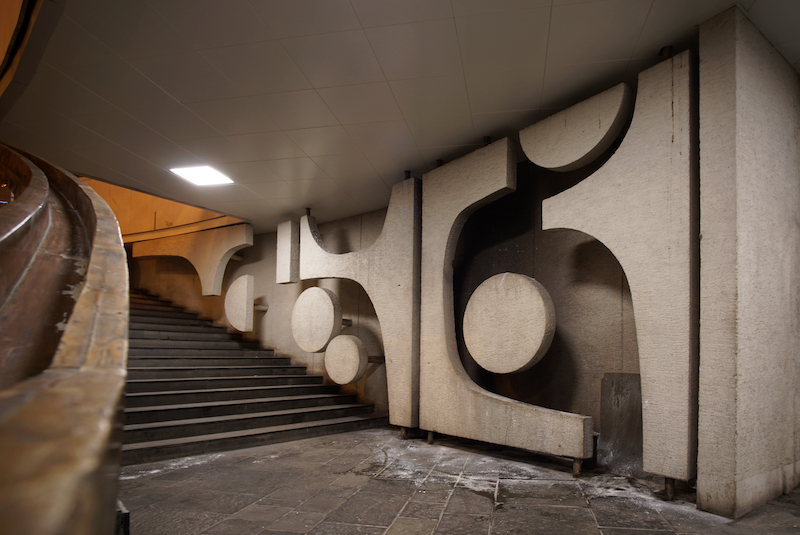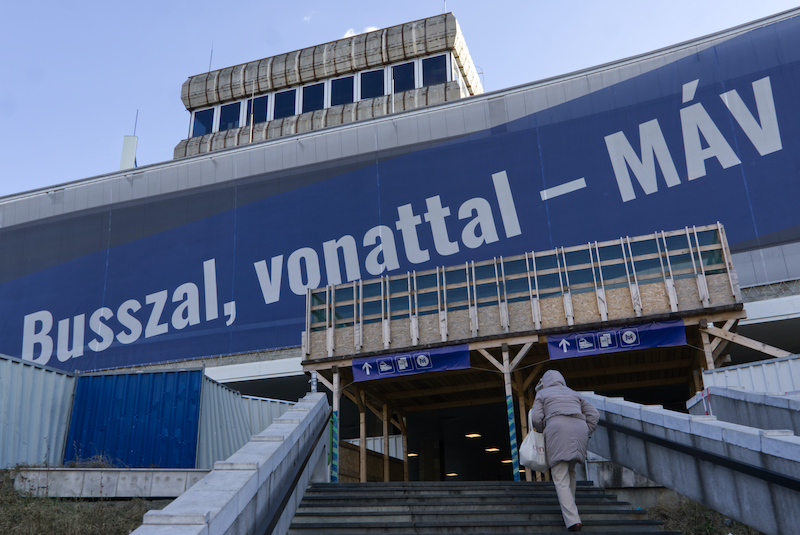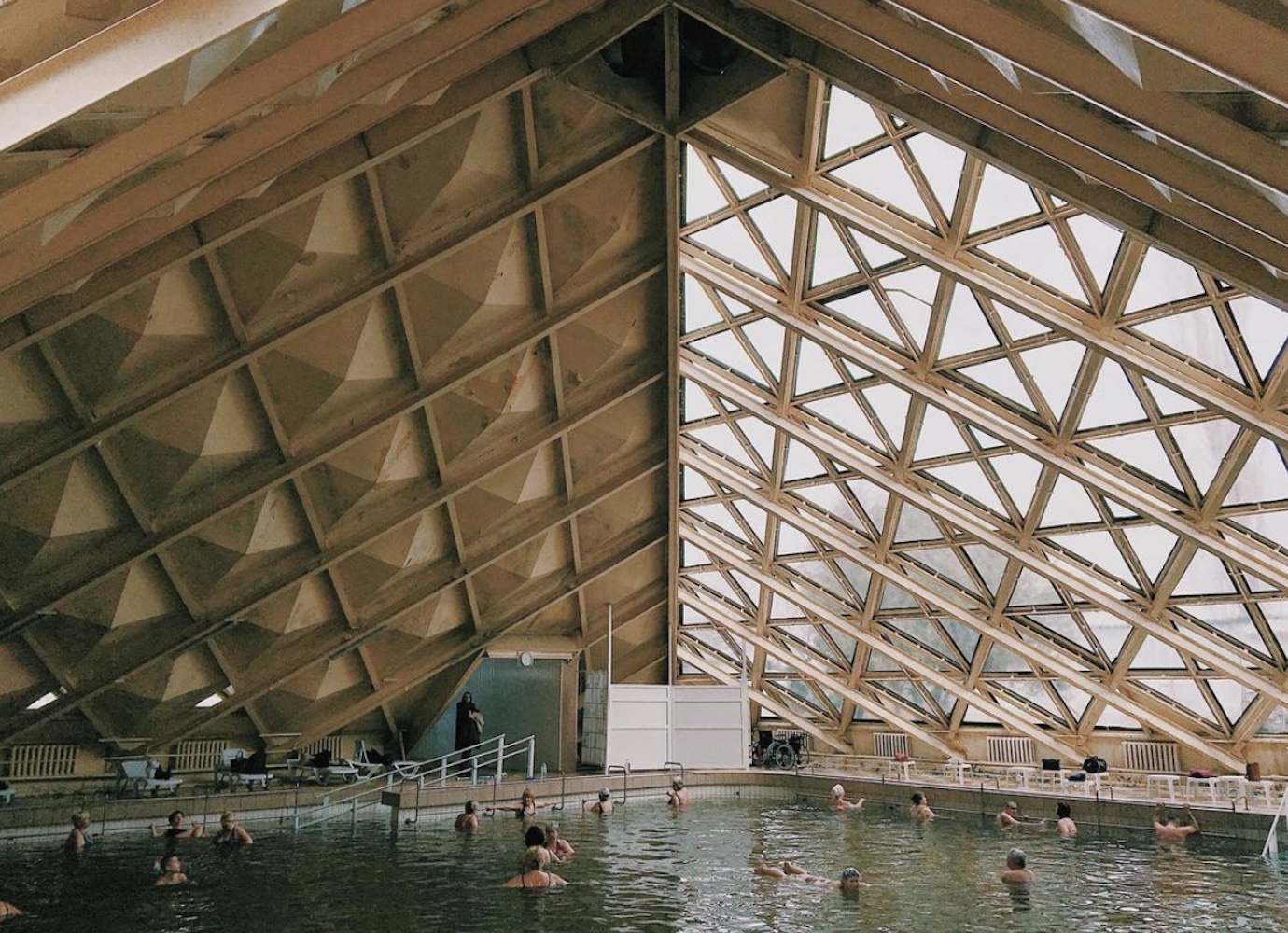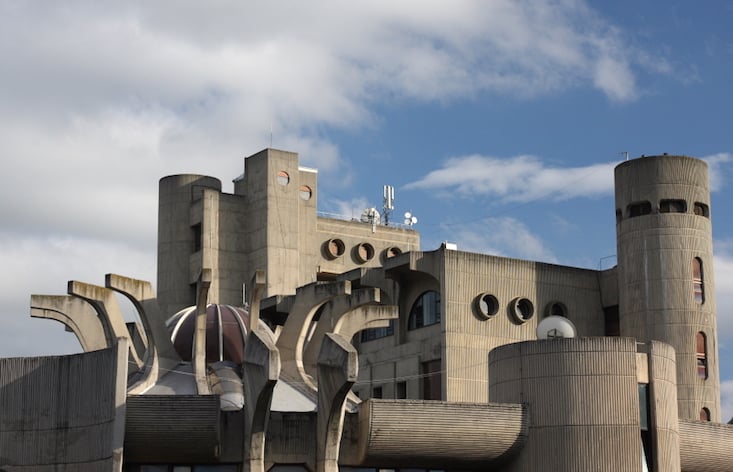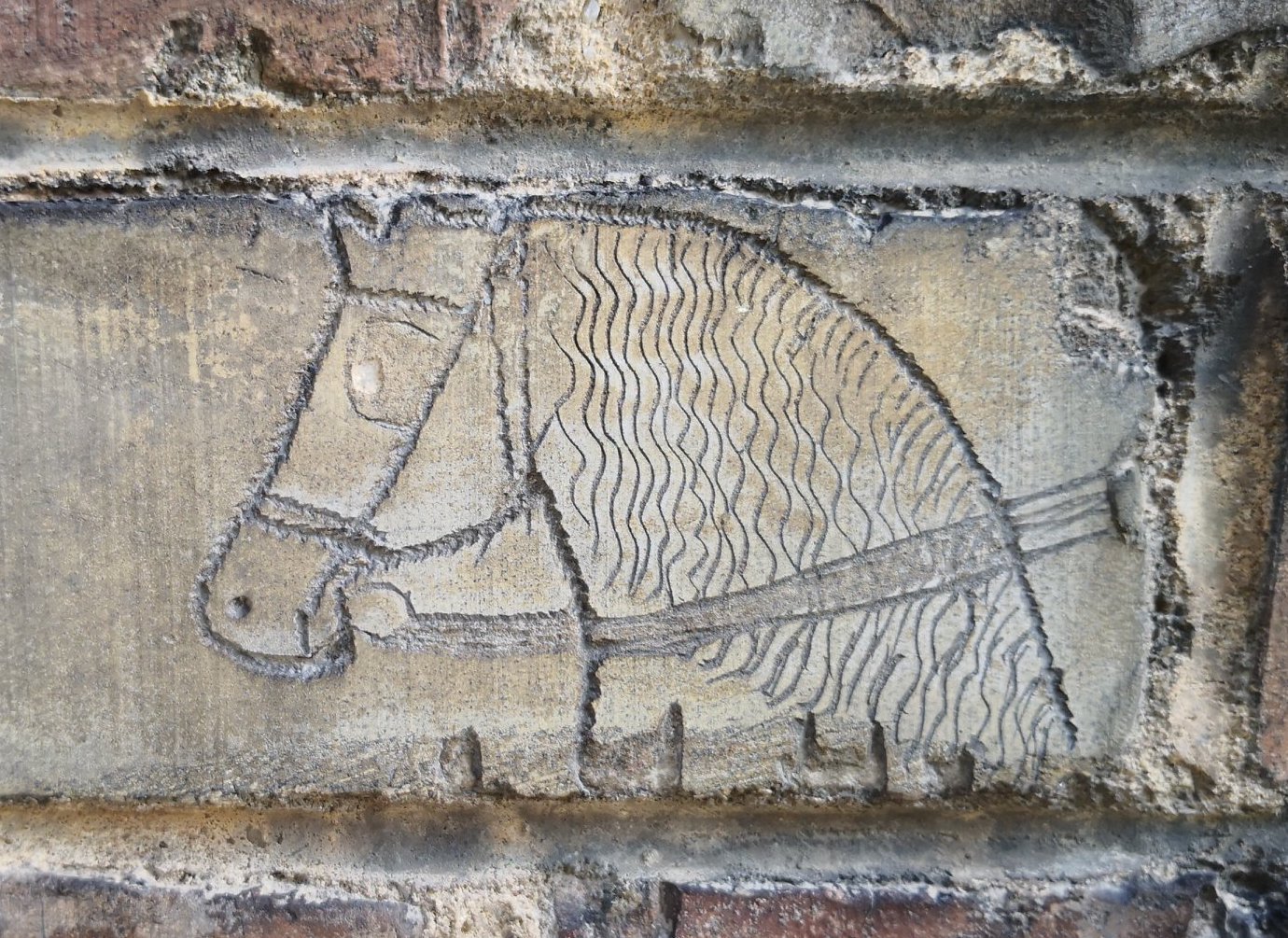The story of Budapest’s Déli Pályaudvar, the sensual modernist train station condemned as an eyesore | Concrete Ideas

Déli Pályaudvar, Budapest’s South Station, is a modernist masterpiece: yet virtually no one in the Hungarian capital would consider it as such. To some extent, this apathy is understandable: who could be blamed for thinking that this dilapidated railway station has become an eyesore? The building’s significant architectural value, characterised by its compromise between stern modernism and subtle expressionism with sweeping dynamic curves, has been endlessly eroded and repeatedly compromised.
The original Déli Pályaudvar was initially built in 1862 to accommodate nascent railway traffic in Budapest. But the 19th century building suffered extensive damage during the Second World War, and, unlike other local railway stations, was not rebuilt according to its former appearance. Instead, a young architect named György Kővári was given the task to erect a brand-new station without ties to its predecessor.
Budapest's Déli Pályaudvar station in 1975. Image: Fortepan/Uvaterv under a CC licence
Inaugurated in 1973, the new Déli Pályaudvar was remarkably “non-communist” for a public infrastructure built in the capital of a People’s Republic. The railway station was neither a flagship project, nor adorned with politically-oriented artistic creations. Seeing Déli Pályaudvar as a “quintessential architectural product of communism” as is often heard now, is a misconception. If the station was the product of ideology, it was not any state-sponsored, Moscow-backed creed. Kővári followed the concept of modernism in the Western sense, creating a building which encompassed the contradictory spirit of the 1970s as it was understood across the Iron Curtain.
György Kővári designed Déli Pályaudvar in line with the modernist creed par excellence: “less is more”. The building achieves a striking expressivity with a minimalist approach. This concept is best seen on the façade of the passenger hall, which is nothing more than an elongated, black glass curtain wall, framed by two layers of white, marble-cladded concrete. What could have been a bland exterior was turned into a model of elegance by Kővári’s choice to slightly curve the facade, creating a sleek, unmistakable silhouette which graciously carries the observer’s gaze.
Inside Déli Pályaudvar station in 1975. Image: Fortepan/Uvaterv under a CC licence
Whereas the building’s external appearance was characterised by austerity, inside, passengers were greeted by an extensive collection of abstract sculptures and multi-coloured mosaics. The walls of the lower floor were covered with voluptuous shapes that reflected the sensuality of 1970s design, rather than socialist realist dogma. Even more intriguing was the station’s large ceramic composition, whose bright colours and playful patterns created a radically contemporary interpretation of Zsolnay tiles, a traditional Hungarian craft. Today only a small patch of the original ceramic mosaic can be seen, concealed behind a counter. Elsewhere, only a few carved shapes, nestled in remote corners, have managed to avoid destruction.
After 1989, Budapest’s modernist legacy rapidly fell out of favour as the city gradually turned into one of Europe’s most architecturally conservative capitals. Naturally, in this staunchly traditionalist environment, Déli Pályaudvar became an obvious target. Many of its art pieces were progressively destroyed or covered, and the overall structure has now entered into a state of decay. In an act of desecration, the Hungarian Railway Company turned the once magnificent facade into an oversized advertisement for their mobile app.
While there has been talks of demolishing Déli Pályaudvar for decades, the matter will soon be up for fresh debate. A new project intended to reorganise train circulation within Budapest will potentially render the railway station redundant. Yet there is hope. A surprising turn of events in January 2022 saw Déli Pályaudvar nominated for inclusion on Budapest’s list of protected monuments, alongside dozens of endangered post-war buildings. The protection granted by this status, however, would be relative at best, and whether the proposal is accepted or not will be decided in the near future.
As a result, the fate of Déli Pályaudvar is as uncertain as ever — and hopes of preserving the building in the long term are slim. The symbol of a forsaken modernity, Déli Pályaudvar‘s destruction could come to symbolise the death of modernism in Hungary.
